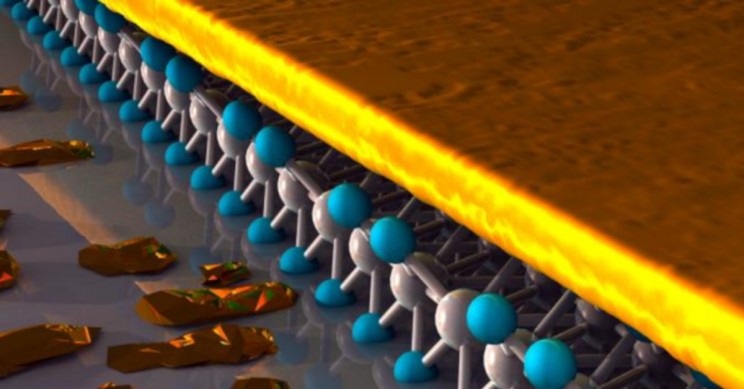Science Brings the Cloak of Invisibility Closer to Muggle Reality
Once pure magic and wonderful make-believe, Harry Potter’s Invisibility Cloak might soon be set for a move into the world of Muggle reality.
Physics researchers from the MIPT Center for Photonics and 2D Materials have for the first time synthesized a quasi-2D gold film, proving that atomically thin layers can now be formed by materials that are not usually two dimensional.
With this discovery comes the capacity to place quasi-2D gold on arbitrary surfaces. Mere nanometers thick, these gold films would make Arthur Weasley cry tears of joy, capable of conducting electricity and useful for transparent electronic devices. Furthermore, this new class of optic metamaterials can control light. Alas, invisible attire may be just around the corner!
Every day, most of us engage with 2D materials without even realizing. The first discovery, graphene, is found in everyday pencils, and over 100 similar materials, with strong internal unity but weak binding, have been discovered, linking to biomedicine, electronics, and aerospace.
Additional to the thrill of possible wizarding wear, the discovery of quasi-2D gold film could hold wonders for the medical world, with ultrathin electrodes finally on their way to being thin enough for use in solving medical problems and eventually merging nervous systems electronically.
Invisibility, in technology, treatment, and trenchcoats, is one exciting step closer. The study’s coauthor and head of the Center for Photonics and 2D Materials at MIPT, Aleksey Arsenin, said there is much more to come.
We expect that this is merely the beginning of quasi-2D metal science. A while ago, these materials were inaccessible even to scientists. With our technology, we can talk about the prospects they hold for flexible and transparent electronics. Hopefully, we will soon see it in production.


